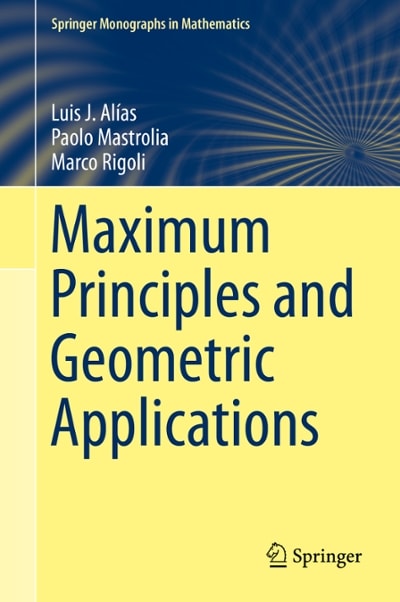Please provide proof
2. [40 points] A retailer has forecasted that the demand for a product follows the normal distribution with a mean of 10,000 units with a standard deviation of 2,500. The retailer must decide how many units must be purchased from a manufacturer or decide to sign a purchase contract with a manufacturer. The following information are known about the product. The retailer orders Q units before it receives demand from end customers. The manufacturer produces the Q units orders by the retailer. Manufacturer's selling price of the product is $60 per unit (retailer's buying price). The retailer sells the units to customers for $125 per unit. . Demand quantity (D) follows a normal distribution with a mean of 10,000 with a standard deviation of 2,500. .If Q>D, the distributor has excess inventory which can be sold by the retailer for a salvage price of $20. . Manufacturer only accepts orders in '000s only. The minimum order quantity (Q) manufacturer accept is 5,000. Although there is no limit for a maximum order quantity, retailer assumes that the demand would not exceed 16,000 units. . Manufacturer's fixed costs and variable production costs are not known for certain; but a good assumption is $100,000 for the fixed cost and $30 per unit variable cost (depending on the manufacturer's minimum order quantity) For planning simplicity, retailer can assume that the demand occurs in multiples of 1,000 or 500. Using this assumption, the normal demand forecast can be converted to a discrete demand forecast. a) Based on above information and assumptions, how many units should the retailer order in order to maximize the profit? In this scenario, what is the expected profit for the retailer? What is the expected profit for the manufacturer? b) Propose one supply contract (buy-back, revenue-sharing, pay-back/volume flexibility) such that both the manufacturer and retailer enjoy higher expected profit than (a). What is the expected profit for the manufacturer and the retailer? c) If the retailer and manufacturer are integrated, what should be the production level for the integrated supply chain? What is the expected profit







